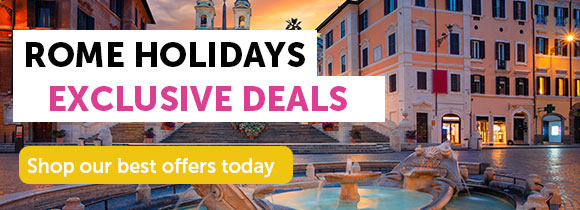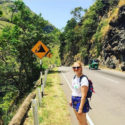 Things to do
Things to do
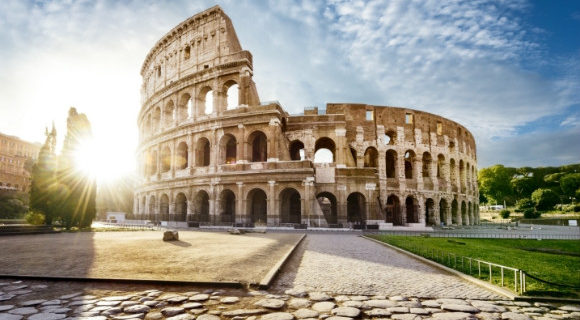
Rome Travel Guide: Sightseeing and Budgeting
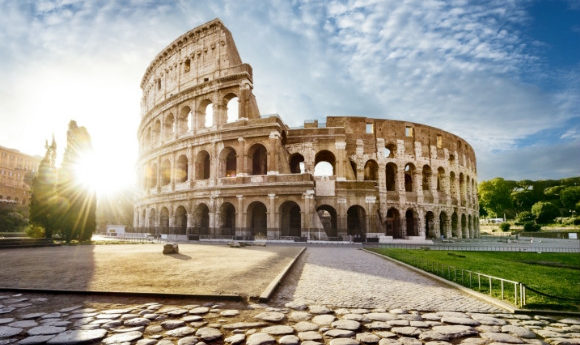
You know what they say, all roads lead to Rome. So, whether yours is taking you directly there for a city break or you’re passing through as you travel around Italy, you want to be prepared so you can make the most of your time.
The capital of Italy is one of the most romantic cities in the world and you’re guaranteed to fall in love with it instantly.
This Rome travel guide will take you through everything you need to know before you go.
What to expect from the Italian capital
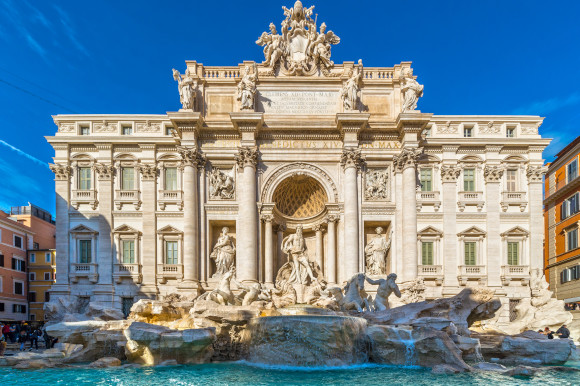
One of the world’s most fascinating cities is home to iconic attractions and beautiful architecture. The Mediterranean climate means you can soak up the atmosphere and discover the tangible legacy of thousands of years of history in the heat of the sun.
Wander the winding cobbled streets and you’ll find, among other sights, the Colosseum – the biggest amphitheatre ever built – and the Trevi Fountain, the world’s most famous water fountain.
The Italian capital is also home to the Vatican City – the smallest city state in the world and headquarters of the Roman Catholic Church. On top of all of that, some of the most mouthwatering delicacies await once you’ve worked up an appetite from your sightseeing.
Best time of the year to visit Rome
You can enjoy a city break in Rome throughout the year. However, it’s worth keeping in mind that October and November are the rainiest months while December, January and February are the coldest. The hottest and busiest months are June, July and August.
The best times to visit to avoid the biggest crowds and enjoy pleasant weather (making wandering around the city and sightseeing far easier and more enjoyable) are April, May, June and September.
Where to stay in the city
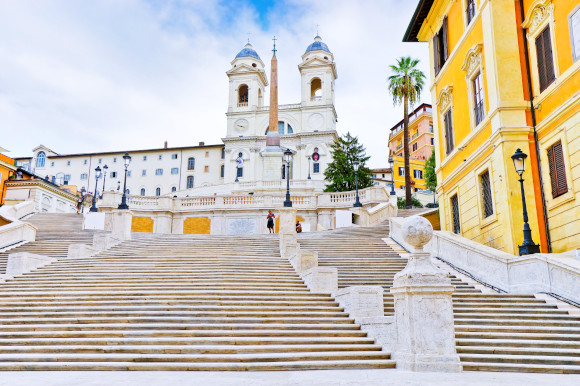
Most of Rome’s top sights can be found in the historic centre, Centro Storico. This is the most expensive part of the city to stay in but you’ll be in walking distance of the attractions as well as many restaurants and bars.
If you want to be in a slightly quieter part of the city, but in walking distance of the major attractions, stay in the lively Campo de’ Fiori which can be found on the outskirts. Here you’ll find wine bars and trattorias as well as plenty of opportunities for retail therapy.
If you’re looking for luxury then Tridente, Via Veneto and Villa Borghese are the places to head. These areas are full of high-end restaurants, bars and shops. Tridente is also where you will find the famous Spanish Steps.
Where to stay
- Morgana Hotel: Just a short distance from Rome’s biggest draws, this 4 star hotel won’t disappoint. There’s 121 elegant rooms and suites ensuring a magnificent stay, as does the buffet restaurant and state-of-the-art fitness centre. In terms of decor, its glamorous features and wooden furnishings add charm to your Rome escape.
- Ars Hotel Rome: This hidden gem is full of surprises, revel in the hotel’s gardens, indulge in a gourmet breakfast and get a good night’s rest in comfortably furnished rooms. In fact, in some suites there’s a hot tub for added luxury and there’s also a fitness centre for gym buffs.
- Checkin Villa Angelina: This new hotel is located in an old-world general house containing 400 years of history. Its intimate setting makes it all the more charming with only 20 lavish rooms bursting with top-notch amenities. However, you’ll still find a restaurant and large terrace onsite.
Getting around Rome
It is easy to walk around the historic centre of the city. However, there are plenty of transport available, especially if you want to head out of the centre or take a day trip to explore the surrounding area.
There are buses, the metro, trams and trains. You can buy tickets in advance from a tabaccheria – either to use once, for 24, 48 hours or for a week. You only need to purchase one ticket as it can be used on all transportation.
You might, for example, like to take the 45 minutes train from Piramide Metro Station to the Italian coastline and the city’s closest beach, Ostia Lido.
Top 10 places to visit in Rome
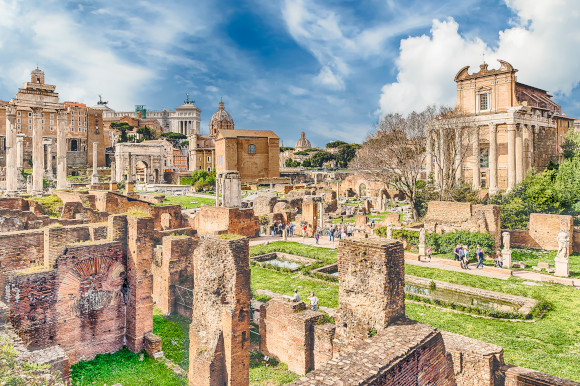
- Colosseum
- Pantheon
- Trevi Fountain
- Sistine Chapel and Vatican Museums
- Roman Forum
- Palatine Hill
- St Peter’s Basilica and St Peter’s Square
- Galleria Borghese
- Piazza di Spagna and the Spanish Steps
- Capitoline Museums
What you will be eating and drinking
Start the day right with a cappuccino and pastry for breakfast in a picturesque piazza. If you need a pick-me-up in the afternoon, Italians tend to choose an espresso, sometimes adding a splash of milk.
For lunch it’s the traditional Italian panini. Then, do as the Romans do, and head out for an aperitivo around 7pm before having dinner between 8 and 9pm, often later at the weekend.
To start, you can enjoy local dishes such as bruschetta and insalata caprese. Then, for your main course, you’ll be eating pizza and pasta, washed down with local wine and finished off with gelato or tiramisu.
Gelato is even eaten during the winter months in Rome, you’ll notice flavours change with the seasons.
Visiting Rome on a budget
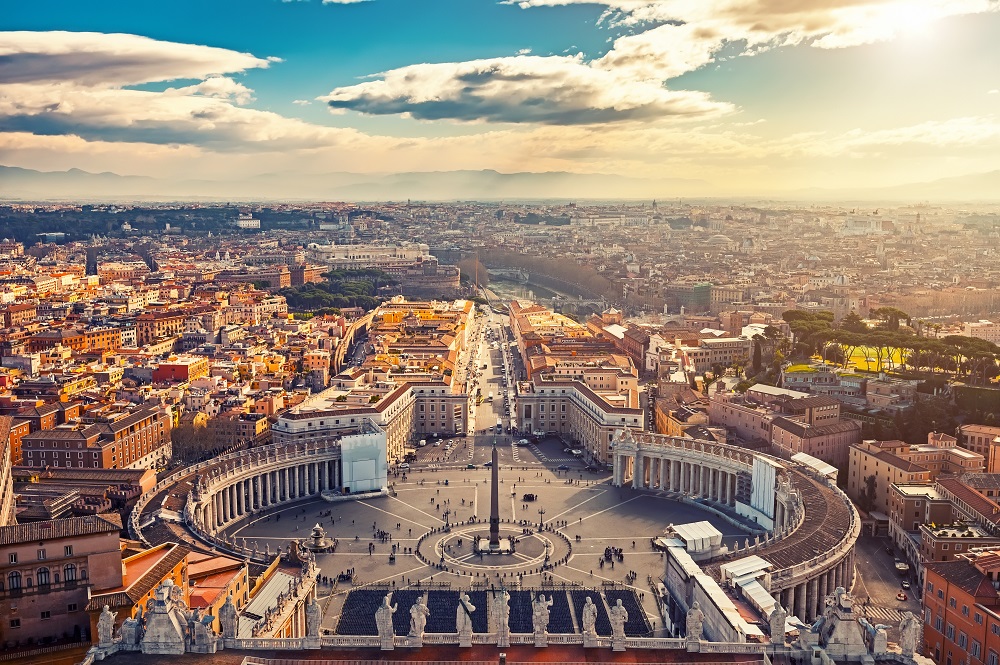
We all want to make savings where we can but if you’re planning a city break on a tight budget, then watching the pennies is always really important.
There is plenty to see and experience just walking around the city – Rome is effectively an open-air museum with something new to discover around every corner. You’ll find free walking tours that you can join if you would like to be guided around the city or you can simply take it at your own pace and find your own way.
When it comes to paying to get into attractions, do your research carefully to help you decide which ones you really want to see. The top 10 is a good place to start, you don’t want to miss the most iconic ones.
However, you can also purchase the Roma card. This will give you a mixture of free access and reduced cost entry to the city’s major attractions plus unlimited transport for either two or three days. Take time to determine which option is financially best for you. It’s also worth noting that there are discounted tickets available for those aged 18-25.
If you can, plan to visit the Vatican Museums and the Sistine Chapel on the last Sunday in the month – this is the only day entrance is free. Visit between 9am and 2pm with last entry at 12.30pm. There are often long queues so it is advisable to get there early.
If you are want to visit at the most affordable time, avoid peak season and book your tickets between mid-November and mid-December or mid-January and mid-March.
The best things to do in Rome for free
One of the most popular attractions in Rome won’t cost you a penny. Well, it might, if you chose to throw one in. The Trevi Fountain is the most famous fountain in the world. Throw the coin over your left shoulder with your right hand and legend has it you’re guaranteed a return trip to this city. If you throw three coins in they will not only ensure you return to this Italian gem, but also a new romance and marriage.
There are hundreds of churches across the city, many hold art from the likes of Raphael, Bernini, Caravaggio, and Michelangelo and make for great attractions to visit.
Also, take a walk up – or down – the famous Spanish Steps, then stop to sit on them and watch the world go by.
One of the most popular attractions in the city, the Pantheon, is free to enter and will give you a real taste of ancient Rome.
Rome Travel Tips
![]()
There will always be a few things that you learn from your experience when visiting somewhere new, that you’ll wish you had known before. So, if you’re heading to the Italian capital for the first time, here are a few tips you might like to know in advance to help you make the most of every second.
Tip 1: Take a refillable water bottle with you – there are fountains called ‘Nasone’ across the city where you can fill up for free. This will save you money and keep you hydrated during the day – which is particularly important if you are visit during the hotter months.
Tip 2: If you sit at a table in a café you’ll pay more as there is an extra cost for it to be brought over to you. It’s worth ordering at the bar and then sitting down, particularly if you’re just having a drink and especially if you’re on a budget.
Tip 3: Book tickets online where you can, especially for the Vatican because there is often an incredibly long line to get in. You don’t want to waste your holiday standing in a queue so it’s definitely best to plan ahead to ensure you can avoid this.
Tip 4: Many museums are closed on Mondays and The Vatican Museums are closed on Sundays so the days either side can be particularly busy. You may like to avoid visiting then, if possible.
Tip 5: Make sure you pack comfortable shoes to wear. You’ll be doing a lot of walking, much of which will be on cobbled streets.
Tip 6: Don’t forget to pack appropriate clothing to wear in the churches. Women should have their shoulders and knees covered while men must wear shorts that are at least down to their knee.
Tip 7: Rome is notorious for pickpockets. However, it is actually very safe here for tourists. As with all busy cities, you should just be mindful of your belongings. Keep them somewhere safe rather than in your wallet or back pocket.
Now you know what to expect from a trip to Rome, you can start planning your own city break.
